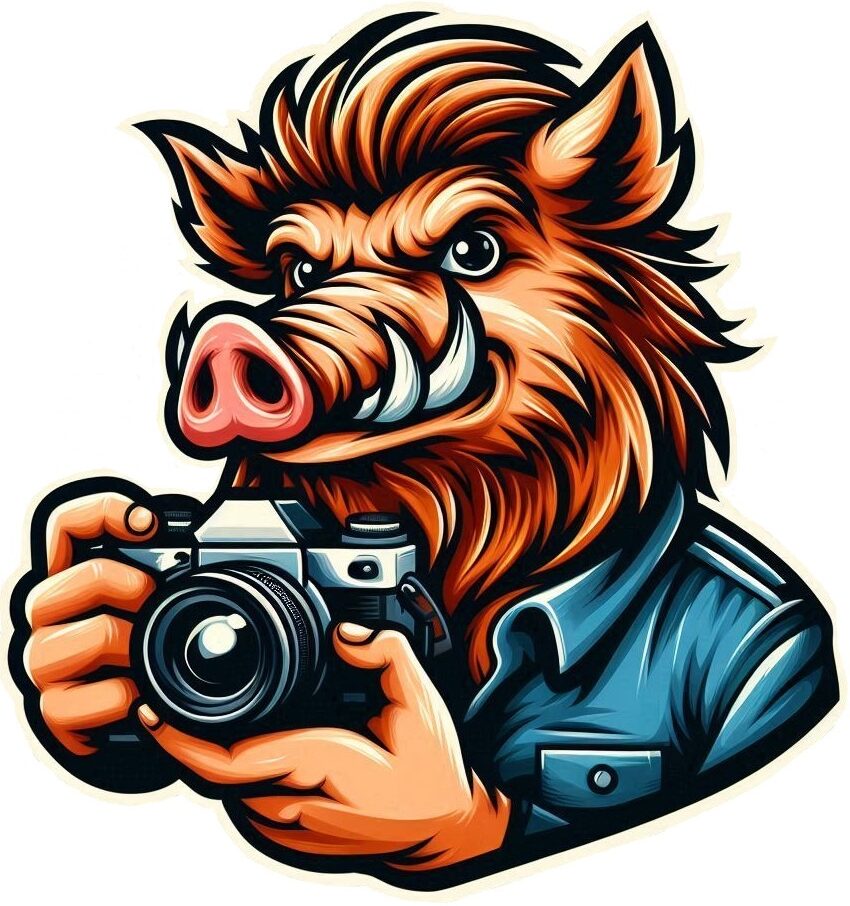Choosing a theme for a photo series sounds straightforward, but it’s actually where things can get tricky. Your theme needs to resonate with you and your audience. A personal passion or interest can be a great starting point. If you’re already into street photography, nature, or portraits, that’s a good sign of where your heart lies.
Research is your best friend here. Look at what’s been done before and what’s currently trending. Timeless themes like love, nature, and urban life are popular for a reason—they’re relatable and expansive. You also want to balance this with originality. Think about putting a unique twist on a common theme or exploring something less mainstream.
The storytelling potential of a theme is crucial. Your photos should create a narrative that can engage viewers from start to finish. This might be documenting the daily life of people in a small town or capturing the changing seasons in a particular landscape. Whatever it is, make sure it has depth and layers that can be unfolded with each image.
Feasibility is another thing to keep in mind. It’s great to have grand ideas, but you gotta be realistic about what you can achieve. Consider your resources—time, budget, and equipment. Sometimes, a more focused theme with limited scope can result in a powerful series.
Always remember who you’re creating for. Understanding your audience can guide your theme selection. Are they art lovers, history buffs, or adventure seekers? Their tastes can help you narrow down your choices. But at the end of the day, if it doesn’t excite you, it probably won’t excite them either. Passion translates through the lens.
Planning the Composition: Structure and Style
Creating visual consistency is key. You want your series to feel like a cohesive unit rather than a random collection of photos. Pick a color palette, stick to a certain lighting style, or use similar compositions throughout. This consistency will create a stronger impact when the series is viewed as a whole.
A narrative flow is crucial for engaging viewers. Think about the story you want to tell: what’s the beginning, middle, and end? Your series should take viewers on a journey, each photo building on the previous one. Mapping this out before you start shooting can help you stay focused and intentional.
Varying your shots is just as important as maintaining visual consistency. Too much uniformity can be boring. Mix in wide-angle shots with close-ups, action shots with stills, to keep the viewer’s interest alive. Each shot should add a new layer to your story.
Balancing technical and artistic elements can be challenging. Pay attention to composition, exposure, and focus while also making sure your artistic vision shines through. Technical skills are important, but creativity is what will set your work apart.
Storyboarding is a fantastic tool for planning your series. Sketch out each shot or write down a brief description. This doesn’t have to be super detailed, but having a rough roadmap helps keep your creative juices flowing and ensures you don’t miss any essential shots.
Executing the Shoot: Techniques and Tips
Essential equipment is your ace in the hole. Figure out what you need for your theme. For urban exploration, wide-angle lenses and a sturdy tripod can be crucial. For portrait series, investing in quality lighting and a good portrait lens might make all the difference. Don’t forget extra batteries and memory cards. Preparedness is everything.
Location scouting can set your series apart. Spend time finding places that fit your theme perfectly. Visit these spots at different times to see how the light changes and how busy they get. Permits might be necessary for certain locations, so planning ahead saves headaches.
Lighting can make or break your shots. Natural light is amazing but unpredictable. For controlled conditions, learn the basics of both natural and artificial lighting. Reflectors, diffusers, and portable lights can be lifesavers, helping create consistent lighting across your series.
Directing and posing your subjects can bring your theme to life. Even if your series is more candid, having an idea of what you want can guide spontaneous moments. When working with people, creating a relaxed environment helps in capturing natural, authentic expressions.
Capturing candid versus staged moments offers variety. Candid shots can add a raw, authentic feel, while staged shots can be more polished and controlled. Mixing both types can enrich your series. Listen to your gut and understand the vibe you’re going for.
Post-Production and Presentation: Bringing it All Together
Editing is where your photos truly come to life. Consistency is still key here. Use the same editing style across your series to maintain the cohesive look you’ve been aiming for. Play with color grading, contrast, and cropping to enhance your theme without overdoing it.
Choosing the right software can make the editing process smoother. Adobe Lightroom and Photoshop are industry standards, but there are other great options like Capture One and Luminar. Find what works best for your workflow and stick with it.
Arranging the sequence of your photos is your next big task. Think of it like telling a story. Start with a strong opening image, build momentum in the middle, and finish on a high note. Spend time shuffling and reshuffling until the sequence feels just right.
Printing and framing options are worth considering if you’re showcasing your series in a physical space. High-quality prints and elegant frames elevate your work. Even if you’re presenting digitally, high-res files and good monitor calibration are crucial.
Presenting your series has never been easier with online platforms. Instagram, Behance, and personal websites are great places to show off your work. But don’t overlook physical galleries and community events. They offer unique opportunities for interaction and feedback.
